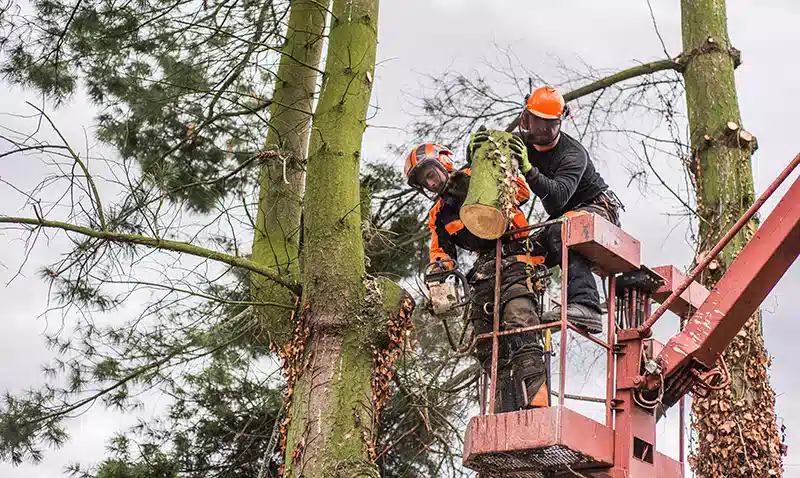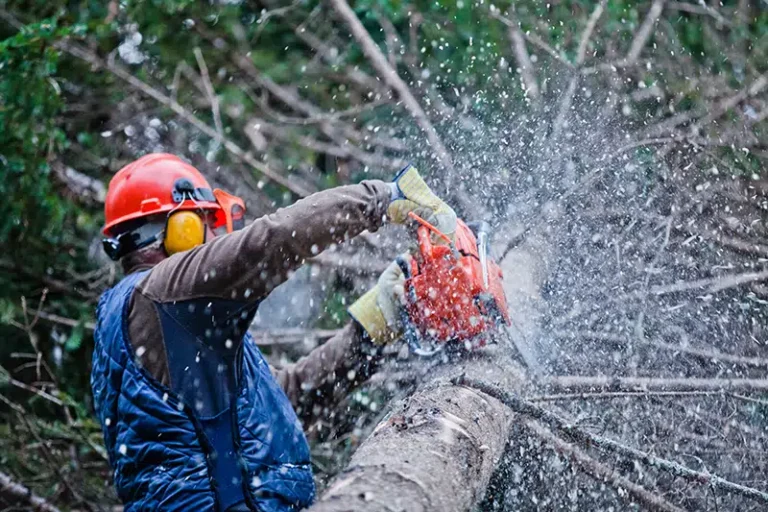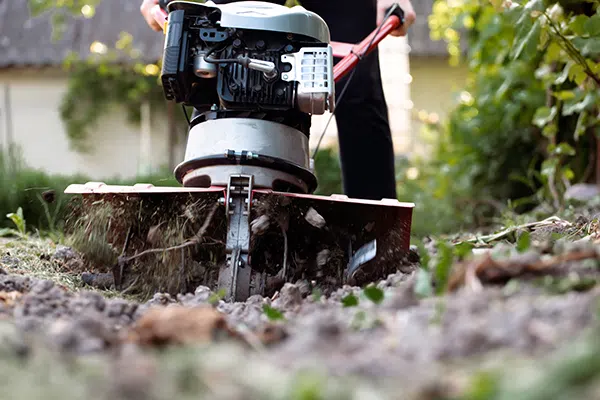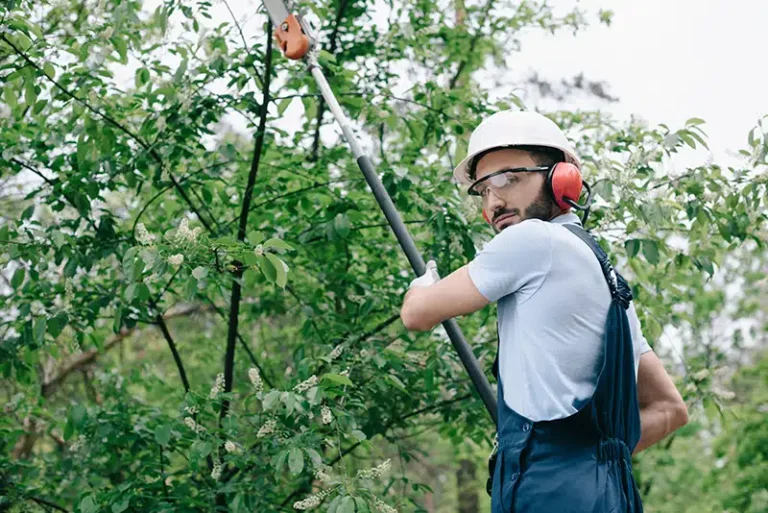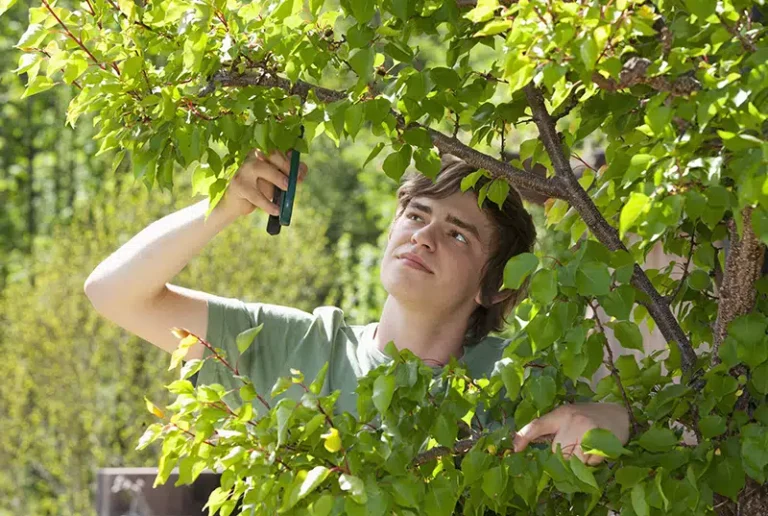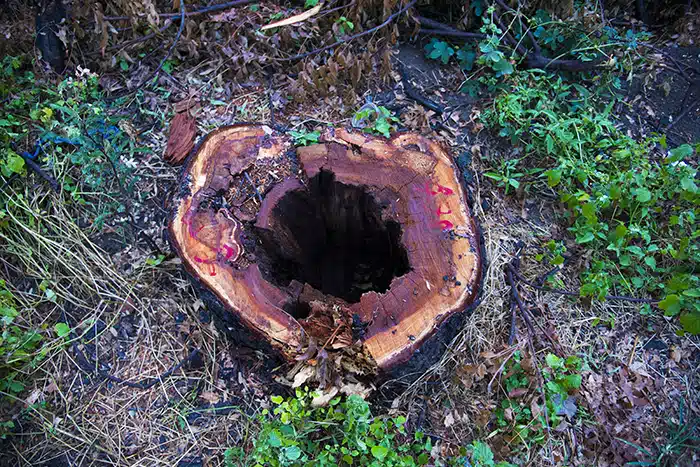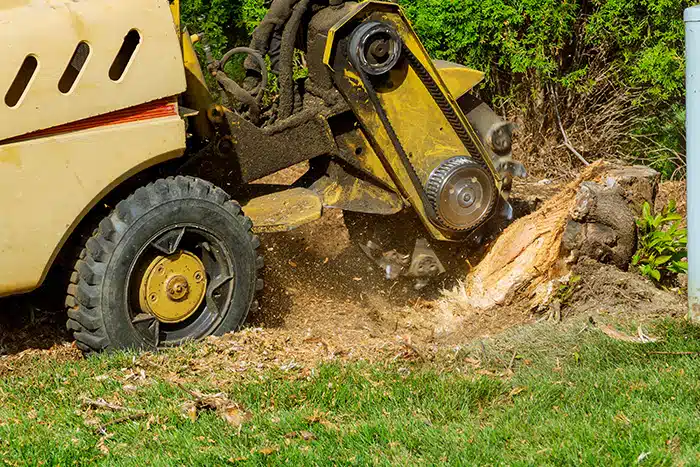When Should You Call a Tree Service for Emergencies?
Trees are beautiful additions to any landscape, but they can also become hazardous in certain situations. Storms, disease, decay, or structural instability can turn a once-safe tree into a serious risk.
Knowing when to call a tree service for emergencies can protect your home, your family, and nearby properties. Timely action matters because ignoring a tree emergency can result in extensive property damage, personal injury, or even legal liability.
Understanding the warning signs and knowing who to call can make all the difference in responding to a tree-related crisis.
After a Severe Storm
Heavy winds, lightning, and ice can weaken or break trees, creating immediate safety concerns. Call a tree service if you notice:
- Large branches hanging or broken but still attached
- Trees leaning more than usual or uprooted
- Cracks in the trunk or major limbs after a storm
- Fallen trees blocking driveways, sidewalks, or roads
- Trees resting on power lines or near electrical hazards
Storm damage may not always be obvious right away, so it’s important to have a professional assess potential risks quickly.
Trees Touching Power Lines
Trees that grow into or fall on power lines are extremely dangerous. This is a critical emergency that requires immediate professional help. Contact a tree service immediately if:
- Branches are hanging on or entangled with power lines
- A tree has fallen onto utility poles or lines
- You notice sparks, burning smells, or flickering lights in your home
Never attempt to remove a tree or branch from a power line yourself. Tree services work in coordination with utility companies to safely resolve these issues.
Visible Signs of Decay or Disease
Dead or decaying trees can collapse without warning. A tree service should be called promptly if you observe:
- Fungal growth like mushrooms on the trunk or base
- Cavities or hollow spots in the trunk
- Extensive bark peeling or deep cracks
- Dead branches in the crown or canopy
- Leaning trees with exposed roots or disturbed soil
Diseased or structurally compromised trees may look fine on the outside but pose a serious risk of falling. A certified arborist can evaluate and recommend emergency action if needed.
Tree Damage Impacting Property or People
If a tree or its limbs have already caused damage—or pose an immediate threat—emergency service is necessary. You should reach out to professionals if:
- A tree has fallen on your roof, garage, or vehicle
- Branches are threatening to break and fall onto a populated area
- The tree blocks access to a building or emergency exit
- A tree fall has injured someone or created unsafe conditions nearby
Quick action can prevent further harm and help you document the incident for insurance claims.
You’re Unsure but Suspect a Hazard
Not all tree hazards are obvious, especially to the untrained eye. If you’re ever in doubt about a tree’s safety, it’s better to be cautious. Contact a tree service when:
- You hear creaking, cracking, or popping noises from a tree
- The soil around a tree seems to shift or sink
- The tree sways excessively in mild wind
- You notice newly exposed roots or soil disturbances
- A recent construction project may have damaged tree roots
Professional tree services offer emergency inspections that can identify risks early and help you avoid disasters before they happen.
Tree emergencies can happen unexpectedly, and acting fast can save lives, money, and stress. Whether it’s storm damage, visible decay, or just a gut feeling that something isn’t right, calling a trusted tree service ensures the problem is handled safely and correctly.
Keep a reliable emergency tree service on hand so you’re always prepared to protect your property and loved ones.

